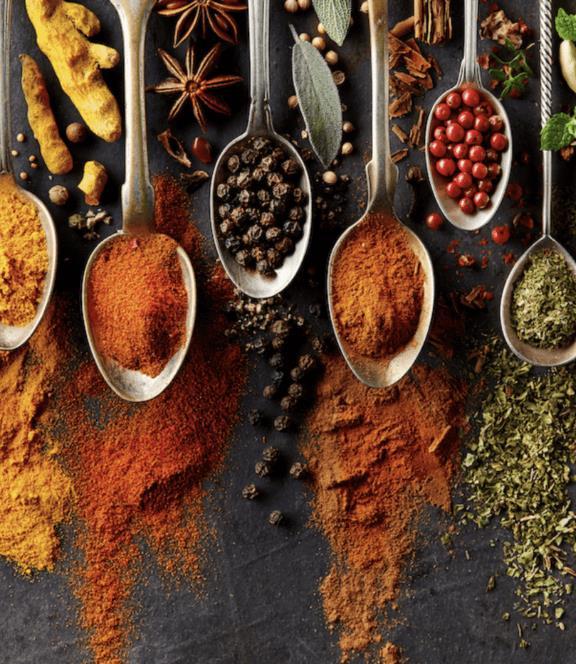Effects of the Spice Trade
S-BSpices



Throughout history, variousareas have engaged inthe "spicetrade," which isdefinedasthe purchase andsale of exoticspicesand herbs. The workwas motivatedbythe high demand forthe goods,whichwere highly sought after duetotheir culinary and medicinalqualitiesaswell astheir cultural importance. Spiceswere commonlyused toextend the shelflifeoffood,add taste, andcoverup odors.
Evidence ofthe useof spices in Egypt dates back to at least 2000 B.C.E., providing afoundation for the historical legitimacy of the spice trade. The inspiration for the work came from the search for seasonings that aren't widely available everywhere. Spices like cinnamon, nutmeg, and pepper were in great demand and traded all the way from Asia to Europe. Spices were in high demand, so the Silk Road and the Mediterranean Sea became major trading channels.

During the Middle Ages and the Renaissance, the Spice Islands, also called the Moluccas, served as the hub of the spice trade. Cloves, nutmeg, and mace were all grown in profusion on these islands in modern-day Indonesia. The Portuguese, Dutch, and British were among the European merchant powers that fought over possession of these islands because of their importance to the trade routes connecting Asia and Europe.

Beginning in the late 15th century, the Age of Discovery was a time of European exploration and growth, spurred on by the spice trade. European superpowers like Portugal, Spain, and England looked for alternative spice trade paths to the monopolies in the Middle East and the Mediterranean. As a result, many countries expanded their reach by venturing to the New World,

The Dutch East India Company (VOC), established in 1602, became the dominant force in the spice trade during the 17th and 18th centuries. The VOC monopolized trade channels, forts, and ships to dominate the spice industry in the East Indies and the Spice Islands. The Dutch Republic rose to prominence as a global economic power thanks to the VOC's monopoly on the spice trade, which brought in vast sums of money and ushered in a new age of prosperity.

The spice trade had far-reaching effects onthe global economy, shifting demand, costs, and distribution networks. The fluctuating prices of spices like pepper were aresult of their increased demand, which made them as precious as gold at times. Spices from all over the world were brought together in this new worldwide market thanks to the spice trade. New transit networks and shipping techniques were born out of the spice trade,



In sum, the (BestTogarashiShichimi Blend)spicetrade had far-reaching and long-lasting effects onsocieties' cultural practices and economies around the world. New networks of commerce, manufacturing, and transit were established as a direct result ofthe spice trade. Spices played a significant role in the development of culinary, medical, and religious customs all over the globe.

